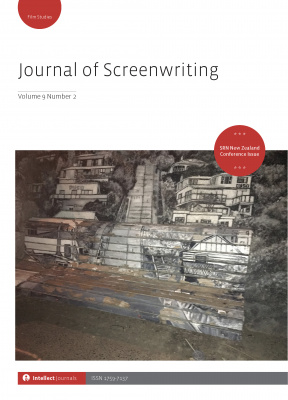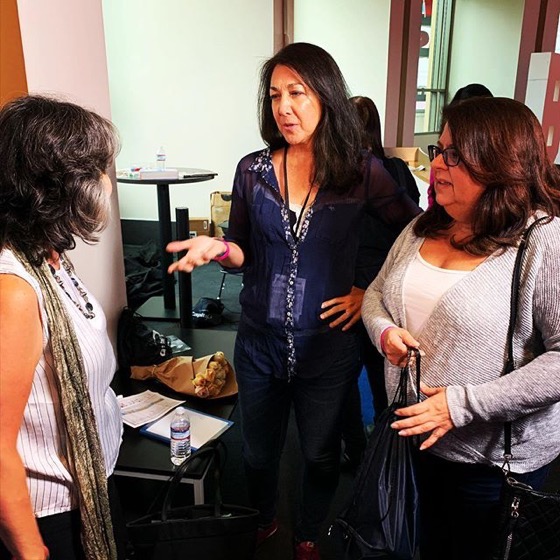Part of the California State University, Fullerton Faculty Noon Time Talks at the Pollak Library.
Watch this entire presentation
Subscribe to Rosanne’s Channel and receive notice of each new video!
Transcript:
Dorothy and her husband Alan Campbell wrote A Star Is Born which if you know obviously the story is about a marriage where the woman is far more famous than the man. His career is going while hers is rising. That’s Dorothy Parker and her husband’s story. That’s exactly the emotion she was experiencing. She just put it on an actor and actress. It became such a classic it was remade in the 50s with Julia my brain just went dead. Thank you. Judy Garland. I was saying Julianne and that was wrong. Judy Garland. Thank you and it was written this was adapted by Moss Hart who’s a famous name from Broadway. He wrote it himself however he credited several scenes from the original movie he’d just cut and pasted them out of the first script and put them in his and admitted that when he was doing it. So whenever he got notes from the studio that they wanted to change something he would say “No no no. That’s how Parker had it the first time. It’s good enough. We’re not fixing it.” So essentially it’s Moss Hart and Dorothy Parker together right?
Dr. Rosanne Welch discusses the women in her new book “When Women Wrote Hollywood” which covers female screenwriters from the Silents through the early 1940s when women wrote over 50% of films and Frances Marion was the highest paid screenwriter (male or female) and the first to win 2 Oscars. Yet, she fails to appear in film history books, which continue to regurgitate the myth that male directors did it all – even though it’s been proven that the only profitable movies Cecil B. de Mille ever directed were all written by Jeannie Macpherson film ever won for Best Picture was written by Robert E. Sherwood (who people have heard of, mostly due to his connection to Dorothy Parker) and Joan Harrison.
Buy a signed copy of when Women Wrote Hollywood
Paperback Edition | Kindle Edition | Google Play Edition
* A portion of each sale from Amazon.com directly supports our blogs
** Many of these books may be available from your local library. Check it out!
† Available from the LA Public Library
Podcast: Play in new window | Download
Subscribe: RSS
![26 Dorothy Parker and A Star Is Born from “When Women Wrote Hollywood” with Dr. Rosanne Welch [Video] (55 seconds)](https://rosannewelch.com/wp-content/uploads/2019/11/csuf-rmw-w3h-26.jpeg)

![Mentoris Project Podcast: Dreams of Discovery: A Novel Based on the Life of John Cabot with Author, Jule Selbo [Audio]](https://rosannewelch.com/wp-content/uploads/2019/11/mentoris-selbo-1.png)
![Mentoris Project Podcast: Dreams of Discovery: A Novel Based on the Life of John Cabot with Author, Jule Selbo [Audio]](https://rosannewelch.com/wp-content/uploads/2019/11/mentoris-selbo-2.png)














![11 Who Made The Monkees from “Why The Monkees Matter: Even 50 Years Later [Video] (1 minute 4 seconds)](https://rosannewelch.com/wp-content/uploads/2019/11/monkees-popcon-2019-11.jpeg)






